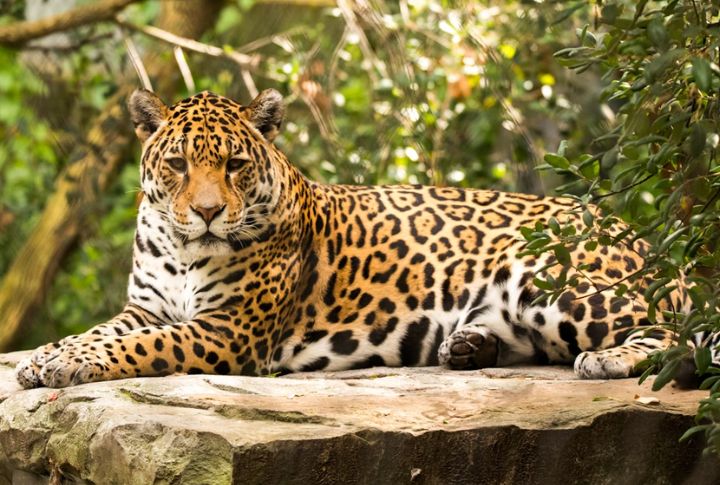
With its varied climates and vibrant ecosystems, the U.S. offers an ideal environment for both local and foreign species of wild big cats. These powerful predators can be found in all kinds of habitats, from rugged mountains to thick forests. So, let’s explore 10 large cats that call the U.S. home.
Mountain Lion (Cougar, Puma)
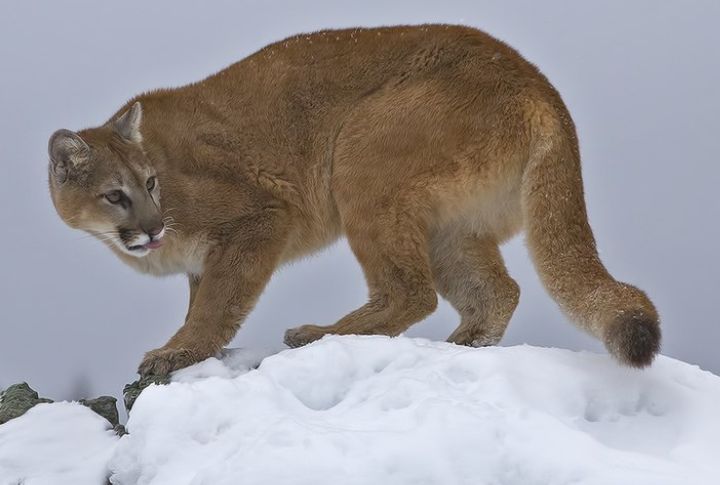
This is North America’s most widespread wild cat, known by over 40 names, including cougar and puma. Mountain lions inhabit forests, deserts, and mountainous terrain, like the Canadian Yukon and the Southern Andes. In the U.S., they’re common in western states and slowly recolonize parts of the Midwest.
Bobcat
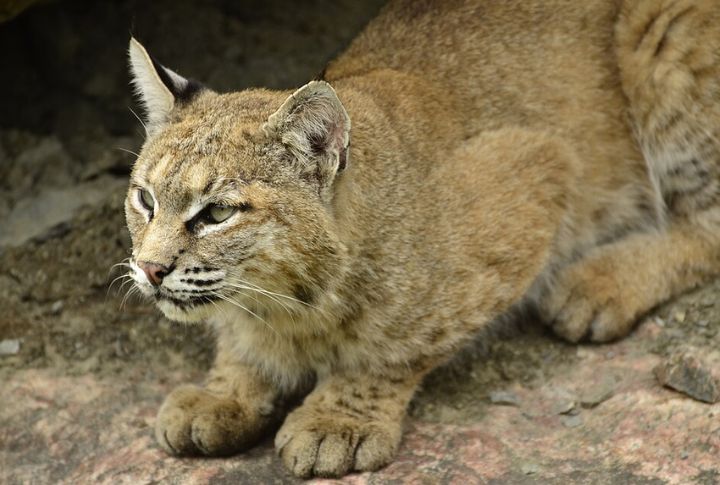
Recognizable by their short “bobbed” tails and tufted ears, bobcats are found in nearly every U.S. state. They thrive in diverse habitats, including swamps and suburban outskirts. Although smaller than other wild cats, they’re fierce predators, typically hunting rabbits and rodents. Their population is estimated at around 3.5 million across North America.
Jaguar

Historically, Jaguars are found in the southwestern U.S. but are now extremely rare north of the Mexican border. Occasional sightings still occur in southern Arizona and New Mexico, usually of solitary males. These powerful cats can weigh between 120 and 200 pounds and are known for their distinctive rosette-patterned coats. “El Jefe,” a famous wild jaguar, was filmed in Arizona in 2016.
Ocelot
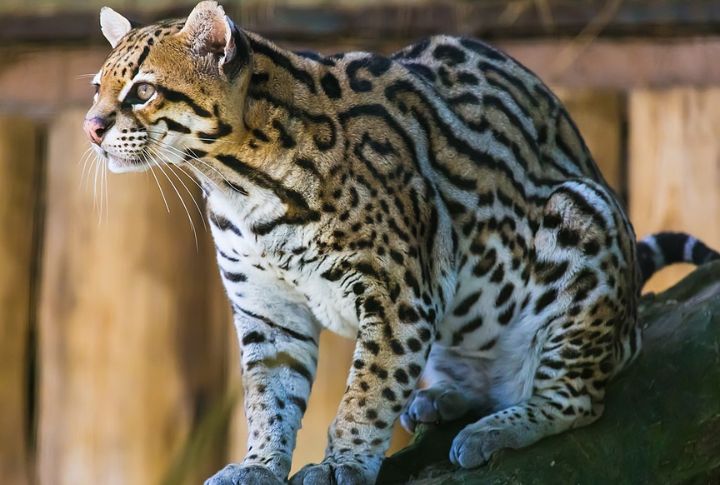
The U.S. population of ocelots is now restricted mainly to southern Texas. They favor dense thorn scrub habitats and are endangered due to habitat loss and vehicle collisions. Ocelots are nocturnal and masterfully camouflaged, with coats that feature striking chain-like spots. Only about 100 remain in the U.S.
Lynx (Canada Lynx)
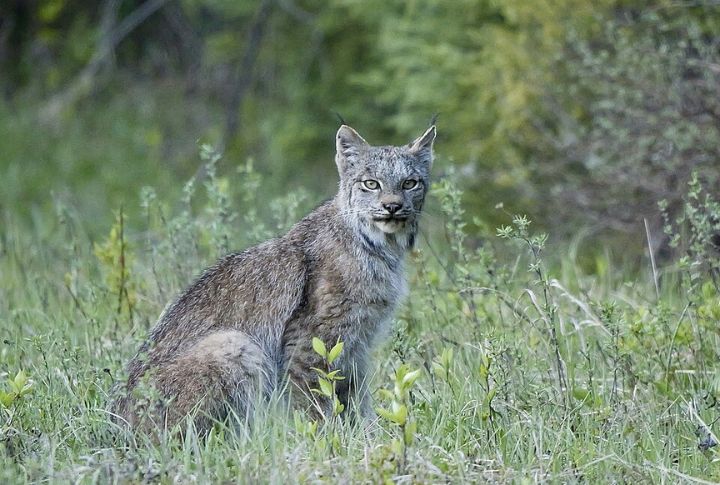
The Canada lynx is built for life in the snow, sporting thick fur and oversized paws that work like natural snowshoes. In the U.S., they roam northern states like Maine, Minnesota, Montana, and Washington. As their main food source is the snowshoe hare, lynx numbers generally rise and fall along with the fluctuations in hare populations. In 1999, they were successfully reintroduced to Colorado, where they’ve made a promising comeback.
Florida Panther
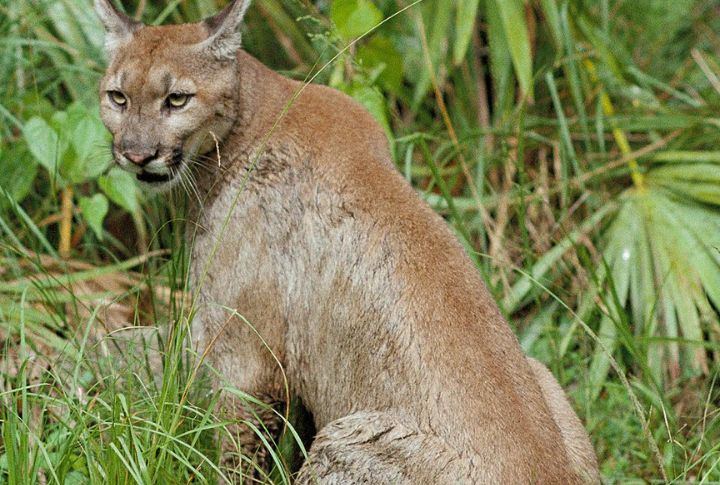
An endangered subspecies of the mountain lion, the Florida panther is found only in southern Florida. Fewer than 200 remain in the wild, primarily in the Everglades and Big Cypress regions. The cats face threats from habitat loss and inbreeding. Conservation efforts include wildlife crossings and the introduction of Texas cougars to improve genetic diversity.
Serval
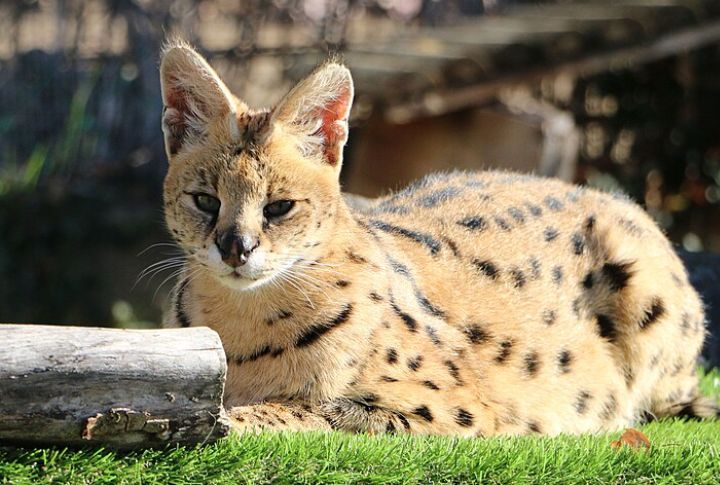
These cats are native to Africa. They aren’t part of North America’s natural fauna but have been spotted in the wild in several U.S. states. These sightings usually involve escaped or released exotic pets. Servals have long legs and large ears and are skilled jumpers, often snatching birds mid-flight. Ownership laws vary, with some states banning them entirely.
Jaguarundi
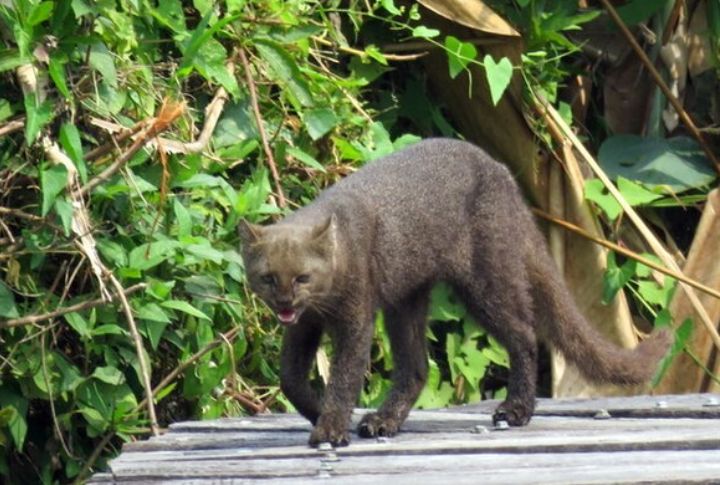
Jaguarundis are native to Central and South America. Though rarely seen, they’ve occasionally turned up in southern Texas, though no confirmed wild sightings have happened in recent years. Unlike typical cats, they look more like weasels, with long bodies, short legs, and a solid-colored coat. The last official sighting in Texas dates back to 1986.
Cheetah
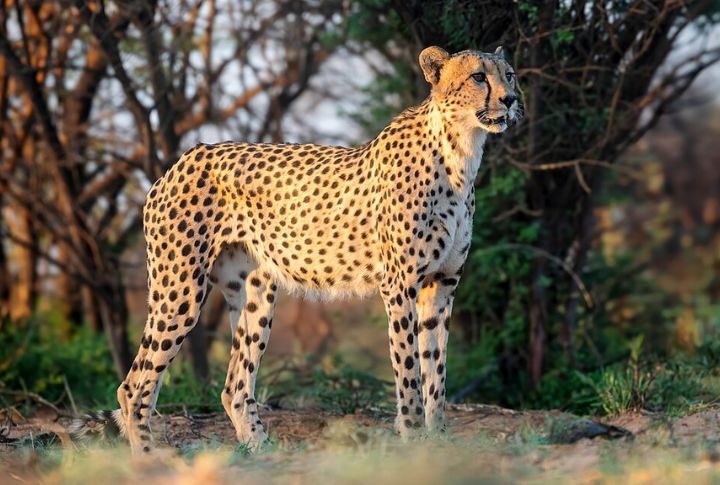
Cheetahs aren’t native to the Americas but are maintained in captivity across the U.S., especially in conservation centers focused on breeding and education. The Smithsonian’s Conservation Biology Institute in Virginia runs a key cheetah breeding program focusing on species survival. Known for their unmatched speed—reaching up to 70 mph—they’re increasingly rare in the wild.
Caracal
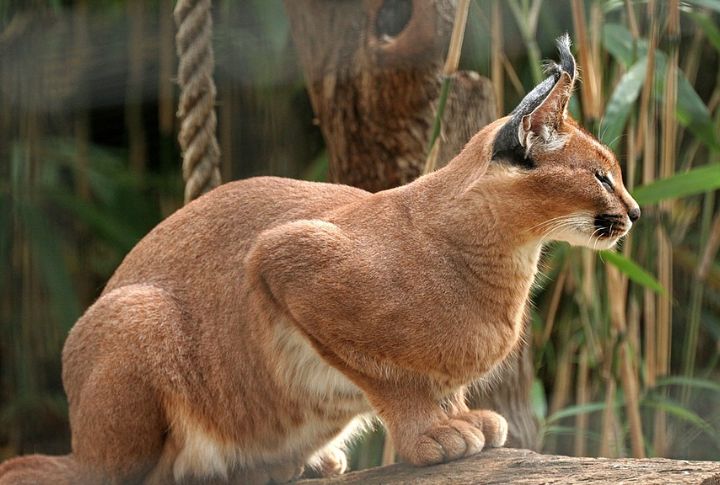
While native to Africa and parts of the Middle East, the caracal isn’t naturally found in the U.S., though it has been seen in the wild on occasion. Caracals are agile hunters known for their striking long black ear tufts and powerful hind legs. Though smaller than mountain lions or jaguars, they’re still considered large wild cats relative to other felines.
